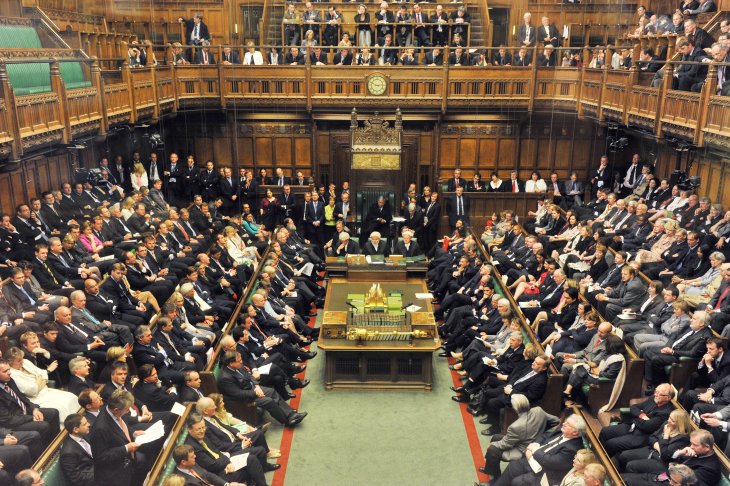By Henrique Furtado
‘Impunity’ figures in 9 out of 10 lists of the biggest difficulties faced by societies in the so called Third World. Ask anyone for a quick synthesis of the ‘problem’ with African, Asian, Latin American countries and impunity – the absence of punishment for those who violate moral, legal or social codes – will certainly be there, side by side with ‘corruption’, ‘backwardness’ and ‘underdevelopment’. Impunity is a pressing issue in a country pervaded by violence such as Brazil. Currently figuring as the most lethal democracy of the world in absolute numbers, Brazil has witnessed roughly 60,000 assassinations (the same number of American soldiers lost in Vietnam) on average, per year, for the past two decades. The levels of violence in the country trump those of far more discussed international conflicts.
In a recent article published in Security Dialogue entitled On Demons and Dreamers: Violence, silence and the politics of impunity in the Brazilian truth commission, I discuss how the way we understand impunity in the present depends on the way we remember violence in the past. In this sense, Brazil is quite an emblematic case. From 1964 to 1985, an anti-communist military dictatorship ruled in Brazil waging a ‘dirty war’ to defend Western capitalism. Under the military regime, agents of the state were responsible for arbitrary detentions, torture, extrajudicial executions, and forced disappearances. Different claims from human rights activists range from 434 to almost 10,000 fatal victims. More than three decades have passed since the end of the dictatorship and, despite some commendable attempts, none of these crimes were properly punished. Worse, citizen security in the country remains militarised.

The Resistance Memorial, São Paulo/ Taken by author
… the way we understand impunity in the present depends on the way we remember violence in the past…
The transition to democracy in Brazil was defined by a pact of forgetfulness. The elites decided to ‘let bygones be bygones’ and the mass of self-proclaimed liberal good-citizens, who stood as silent bystanders while rights were violated, applauded. This pact of silence, forgetfulness and impunity helped to create a myth among activists, politicians, and social scientists that Brazil lived under a ‘culture of impunity’. In other words, the absence of criminal accountability for perpetrators of violations of human rights in the past was supposed to explain the absurd levels of violence witnessed in the present. As the logic goes, the amnesty of perpetrators led to an abnormal banalisation of violations of human rights. This myth, wholeheartedly supported by the Brazilian truth commission, is part of what I call the ‘politics of impunity’: the belief that violations of human rights in postcolonial societies are abnormal vis a vis the protection of civil rights in ‘healthy’ liberal societies.
In my article I explain how the Brazilian truth commission rightfully defended the punishment of those who participated in systematic acts of state terror in the past. But, more importantly, I also argue that this will never, in and on itself, resolve the systemic problem of violence in Brazil. The military are of course guilty of perpetrating violations of human rights in the past, but they are not guilty of creating a whole ‘culture’ where the lives of certain groups are treated as disposable. A culture that could be easily normalised by a few parsimonious measures of transitional justice. Most victims of violent crime in Brazil today are non-white, young males from deprived communities. Paradoxically, and against the idea of a ‘culture of impunity’, they also form the bulk of the country’s massive prison population. These groups are victimised (and continuously punished) by a system of inequalities (racism, sexism, dispossession) that far transcends the scope of the military dictatorship and that was not sufficiently discussed by the Brazilian truth commission. These inequalities are not specific to the postcolony, they are most certainly not unique to Brazil and they will never be overcome. At least not if we continue to talk about the impunity of the military without fundamentally addressing the violent system they were fighting for.














